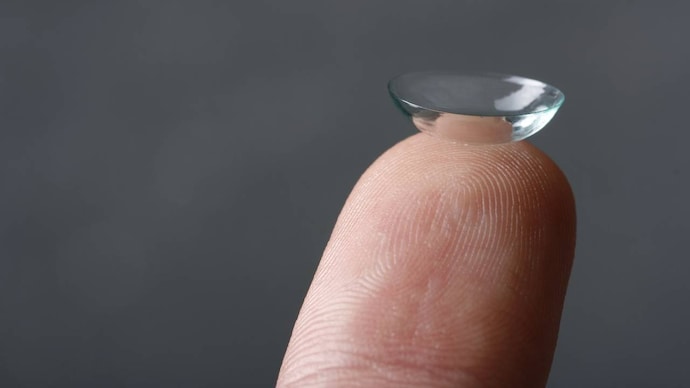Scientists make Mission Impossible a reality, develop battery for smart contact lenses
A team of scientists in Singapore has developed an ultra-thin battery that can be fitted into contact lenses, making them smart contacts.

Remember in Mission Impossible: Ghost Protocol an agent was using a smart contact lens that was capable of facial recognition and eye tracking? Although it was a minor point in the film, it inspired a team of scientists to develop a smart lens. A team of scientists in Singapore has developed an ultra-thin battery that can be fitted into contact lenses, making them smart contacts. Not only this, scientists have revealed that this battery can also be charged with tears.
The battery is about 0.2 millimeters thick and small enough to fit into a 0.5 millimeter lens. And it was Associate Professor Lee Seok Woo, the chief scientist, who wanted to bring Mission Impossible to life.
In an interview CNBCHe said he was concerned about the safety of lithium-ion batteries, which could explode or catch fire, and felt these devices would require safe and compact batteries.
Human tears as batteries for smart lenses
Concerns about safe compact batteries prompted us to find another way to charge the lenses. He said that tear solution is more or less a perfect solution to the problem. Tear solution is an electrolyte that contains sodium chloride. Wu decided to replace the flammable, organic electrolyte with this tear solution.
The team developed electrode materials working with these salt ions, and then implanted this electrode inside the contact lens. This solution can save battery volume.
But the lens battery can also be charged in the traditional way using wires or chemically. For the chemical method, when the battery is immersed in a saline solution, the glucose reacts with the sodium and chloride ions to charge it.
The conventional method can be charged up to 200 times, while the glucose one can only charge it 15 times. After eight hours of charging in the solution, the battery will reach 80 per cent of its full capacity. It can then be worn for a few hours a day. But we can also power the battery with tears as it contains glucose. This means you can charge the battery with your tears while wearing it. So, the more you cry, the more charged you will be.
smart lens battery price
Currently, the battery capacity and voltage are still very low. Using the two methods, the battery can only produce a voltage of about 0.3V to 0.6V. Wu said the team is working on improving the smart lens’ battery. At this stage, that output is insufficient to power data storage or an internet connection.
He also said that when the smart lens is commercialized, the battery will cost only a few dollars.
#Scientists #Mission #Impossible #reality #develop #battery #smart #contact #lenses







